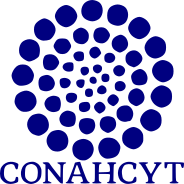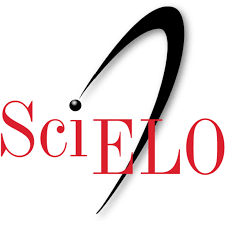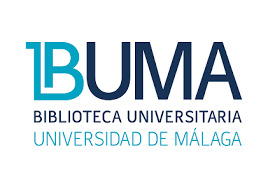ESTUDIO CITOLÓGICO, EXO Y ENDOMORFOLÓGICO EN ATRIPLEX LAMPA (MOQ.) D. DIETR. (CHENOPODIACEAE)
Abstract
Atriplex lampa (Moq.) D. Dietr. is a halophytic, dioecious shrub native to Patagonia,
Argentina. Although relatively neglected by
science, it is important for sand-stabilization
and for biomass and fodder production due
to its nutritional characteristics and acceptable percentage of gross protein.
The objective of this study is to provide cytological and morpho-anatomical information
about A. lampa, which could be useful when
applied in recovery and repopulation plans
intending to use this species in areas degraded by petroleum industry activity.
Natural populations in the Province of Chubut (45°-46° S; 67°- 68° W), Argentina, were
studied. Karyotypes and meiotic behavior
were analyzed according to conventional
protocols, as were anatomical and morphological comparisons. Analysis of variance
was used to test morphometrical differences
between populations and cytotypes. Voucher
specimens are deposited at the Facultad de
Ciencias Naturales, Universidad Nacional
San Juan Bosco de Patagonia, Argentina.
Our results show that A. lampa has two cytotypes: diploids (2n = 2x = 18) and tetraploids
(2n = 4x = 36). The stems and roots have
anomalous secondary growth, and the leaves
are amphistomatic, with a Kranz structure,
and are covered with dense glandular trichomes. The leaves and fruit bracteoles are
different sizes in the two cytotypes.
Downloads
Published
Issue
Section
License

Polibotánica by Departamento de Botánica de la Escuela Nacional de Ciencias Biológicas del Instituto Politécnico Nacional se distribuye bajo una Licencia Creative Commons Atribución-NoComercial-CompartirIgual 4.0 Internacional.




















